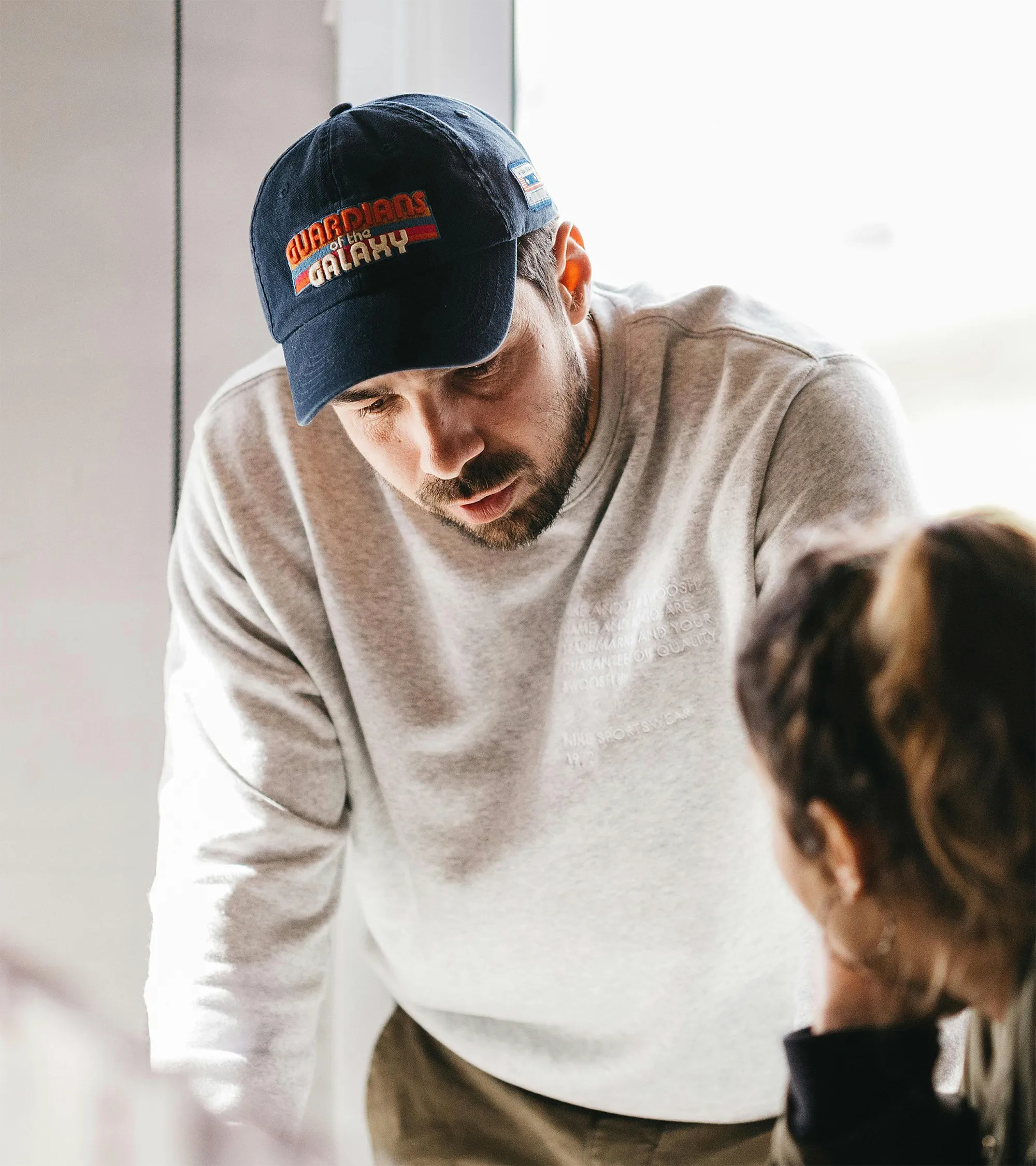

In a large tech organization, the creative and product teams can often feel like they're living in different worlds. The product team lives in a world of roadmaps, user stories, and development sprints. The creative team lives in a world of brand narratives, campaigns, and production timelines. And in the space between these two worlds, value is often lost.
This was the challenge we faced at Yelp. We had a world-class product team building new features and a powerhouse creative team ready to tell the world about them. But the connective tissue between them was weak. Content was often considered at the end of the product development cycle, leading to rushed campaigns, missed strategic opportunities, and creative work that wasn't as deeply integrated into the user experience as it could be.
As Creative Program Manager, my role was to act as the bridge. I wasn't just there to manage creative projects; I was there to re-architect the very system through which creative work was conceived and delivered.
I partnered directly with product and UX leaders to design and implement a new, deeply integrated content and delivery pipeline. By establishing formal channels for cross-functional insight and developing strategic dashboards to track performance, we transformed our content from a marketing output into a key input for the product roadmap itself. This is the story of how we stopped working in parallel and started building together.

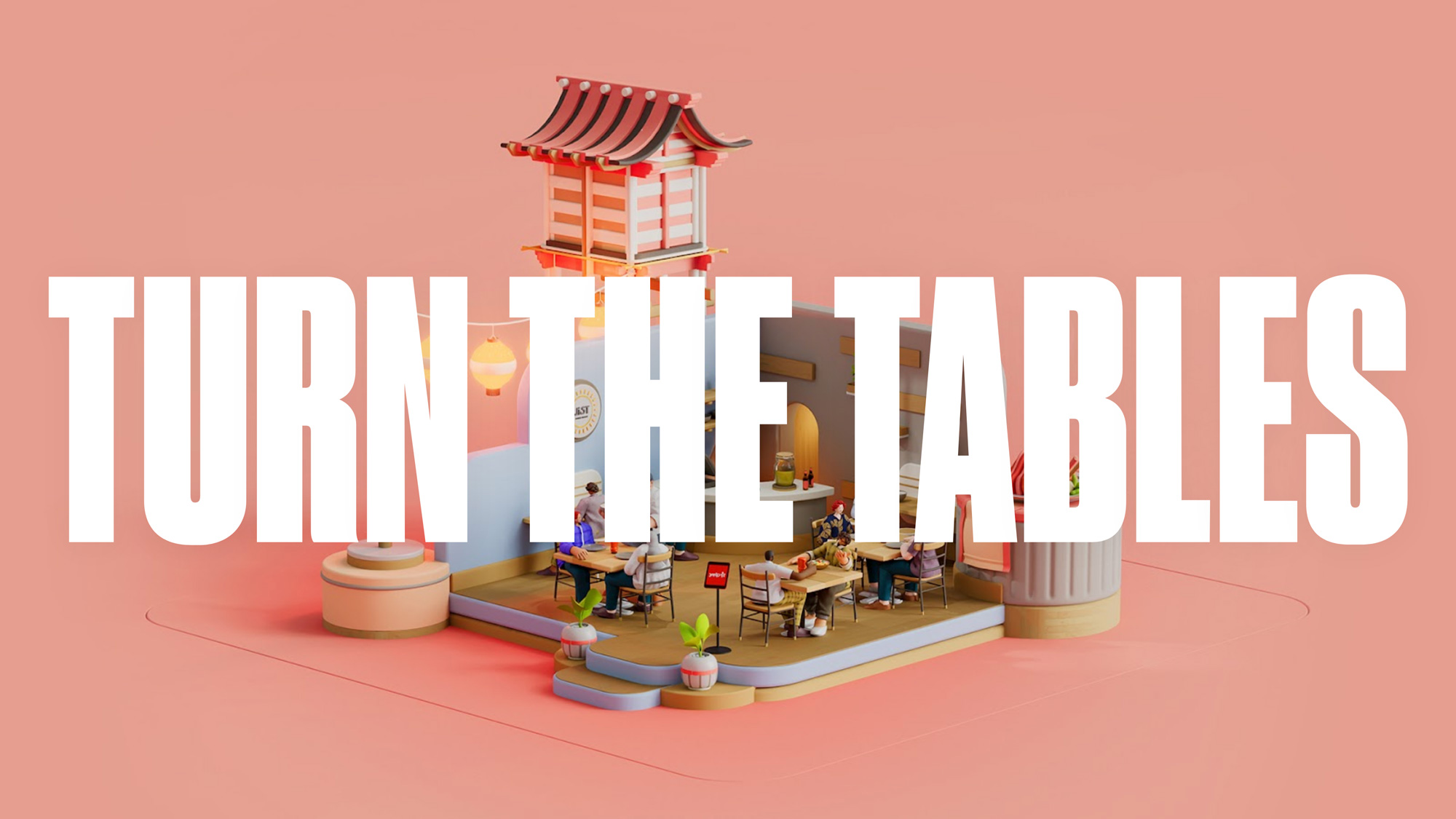
From Silos to a Shared System
Our core problem was one of timing and translation. The creative team had valuable insights into how users responded to certain narratives, but there was no formal process to feed that information back into the product development cycle early enough to make a difference. We were a river flowing in one direction, from Product to Creative. I needed to turn it into a loop.
My first step was an internal listening tour, but with a specific focus. I interviewed Product Managers and UX Designers with a single goal: to map the flow of information.
The diagnosis was clear: we had a wealth of creative performance data and user sentiment that was being siloed within the marketing department. The product and UX teams were hungry for this insight, but there was no pipeline to deliver it to them in a structured, useful way.
The Architecture (Building the Insight & Delivery Pipelines)
I designed a two-part solution to solve this. The first part was about feeding insights upstream to Product, and the second was about making the delivery of content downstream more efficient.
I established a new, formal process for the creative team to act as an internal consultancy for the product team.
To inform our own work and provide transparency, I developed a new set of strategic dashboards using Google Data Studio and Tableau.
These two initiatives created a closed loop. The dashboard allowed us to track our performance, the Insights Report allowed us to share those learnings with Product, which in turn led to a more strategic roadmap and better-aligned creative briefs.
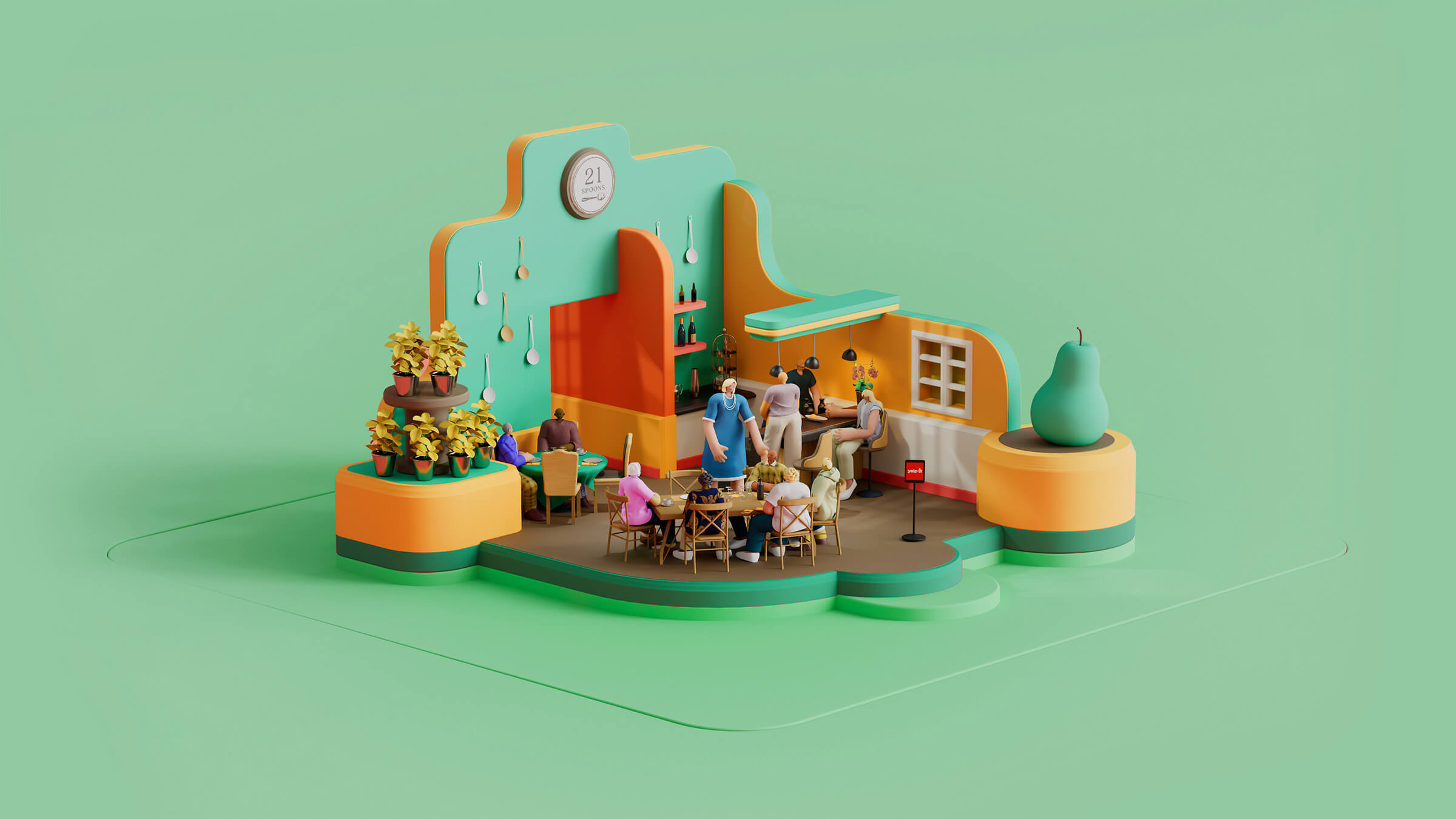
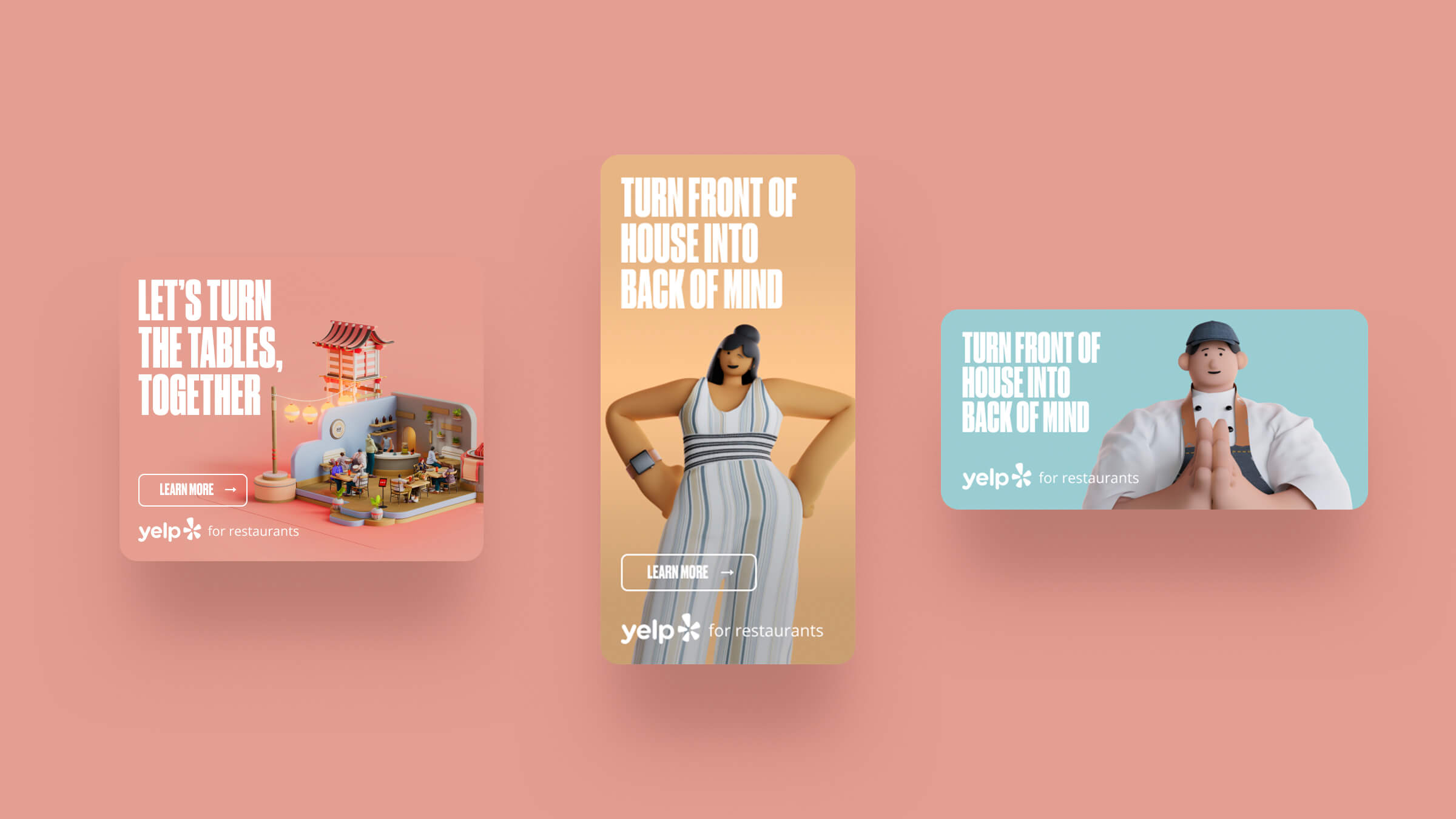
A More Cohesive Product and a More Strategic Team
By architecting these new pipelines for information and collaboration, we fundamentally upgraded the role of the creative team. We moved from being downstream executors to upstream strategic partners.
The Measurable Impact:
The most significant result was the cultural shift. The wall between "building the product" and "talking about the product" began to dissolve. Product managers started proactively seeking out creative's input early in the development cycle. UX designers started using language from successful ad campaigns in their wireframes.
We had created a system where creative was no longer just a service to the product; it was in a symbiotic relationship with it. The product's usage data informed our stories, and our stories' performance data informed the product. This virtuous loop is the hallmark of a truly mature, full-stack organization.
Lessons Learned
Translate Your Value into Their Language: The creative team's value became visible to the product team only when I started translating our results into their language. "This campaign got a lot of likes" is a creative metric. "This campaign's messaging drove a 15% higher CTR on the feature adoption CTA" is a product metric. You have to quantify your creative insights in terms of their impact on the product's success.
Make it a Formal Process, Not an Informal Chat: Good intentions and "let's grab coffee" meetings don't scale. The only way to ensure consistent cross-functional collaboration is to build it directly into the official workflow. The "Narrative & Voice" review wasn't a suggestion; it was a required step in the sign-off process. Formalizing the process is what makes it real.
The Person Who Bridges the Gap Holds the Power: In any organization, the person who can fluently speak the languages of multiple departments—who can translate a creative insight into a product requirement, or a business goal into a creative brief—is the most valuable person in the room. This "translator" role is the core of what it means to be a full-stack leader. Actively seek out the gaps in your organization and build the bridges to fill them.
'How to Run a Creative Team Like a Product Squad.'
See what our satisfied clients say about working with us.
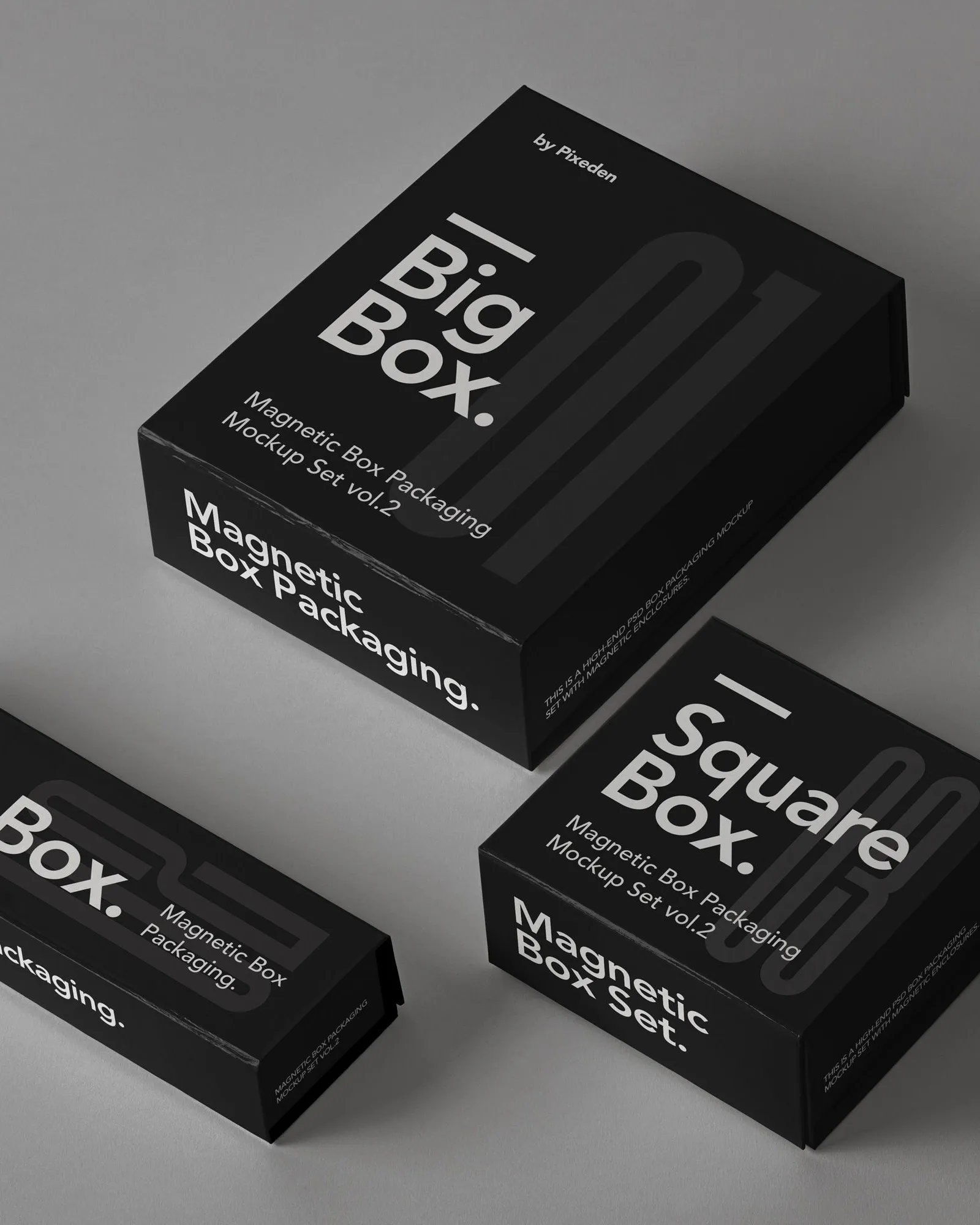
Our proven process ensures successful outcomes and client satisfaction every time.
